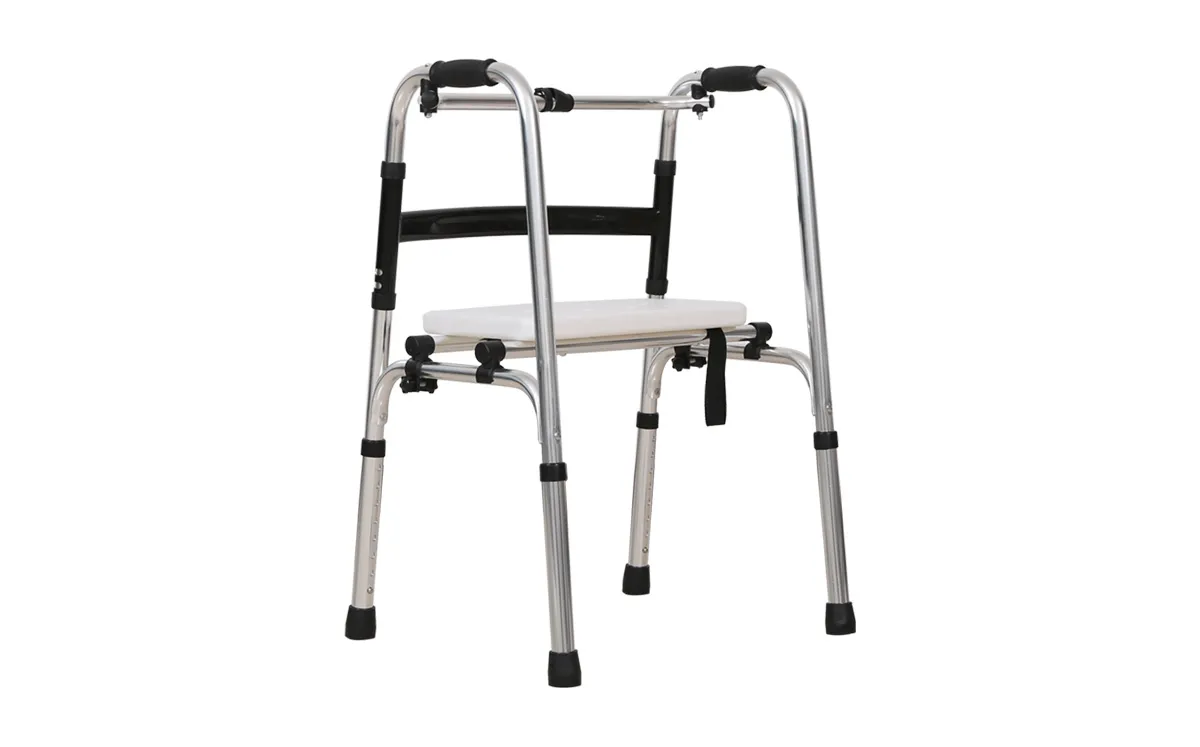Welcome to our websites!
Smart Electric Hospital Beds for Enhanced Patient Comfort and Care Efficiency
The Evolution and Importance of Electric Hospital Beds
In the realm of modern healthcare, the evolution of hospital equipment plays a critical role in enhancing patient care and optimizing clinical workflows. Among these advancements, electric hospital beds have emerged as a vital component, revolutionizing how patients are treated and managed within medical facilities.
Electric hospital beds are designed to provide comfort, safety, and convenience for both patients and healthcare providers. These beds are equipped with electric motors that allow for easy adjustments of the bed's height, head, and foot sections, enabling patients to find their desired positions with minimal effort. This not only enhances patient comfort but also assists healthcare workers in performing their duties efficiently.
One of the significant advantages of electric hospital beds is their ability to improve patient mobility and independence. Patients with limited mobility can adjust their position with the touch of a button, enabling them to sit up, recline, or elevate their legs without assistance. This autonomy can lead to increased satisfaction and a sense of dignity for patients who may otherwise feel restricted in their movements.
electric hospital bed

Moreover, electric hospital beds contribute to better patient outcomes. For individuals recovering from surgery or managing chronic conditions, the ability to adjust position can reduce the risk of bedsores and improve circulation. Healthcare providers can position patients more effectively for examinations or treatments, facilitating better care delivery. Additionally, these beds often come with features such as built-in side rails and anti-fall mechanisms, ensuring the safety of vulnerable patients.
From a logistical perspective, electric hospital beds are also beneficial in streamlining care. With easy adjustability, nurses can quickly alter the bed’s position to suit various medical procedures, reducing the time spent on manual adjustments and allowing them to focus more on patient interaction and care. This efficiency is crucial in fast-paced environments, such as emergency rooms or intensive care units, where every second counts.
The design of electric hospital beds continues to advance, incorporating more technology and user-friendly features. Modern beds may include remote controls, integrated communication systems, or compatibility with monitoring devices. These innovations provide healthcare professionals with valuable tools to track patient health and ensure timely interventions when needed.
In conclusion, electric hospital beds represent a significant advancement in hospital equipment, enhancing the quality of care provided to patients and supporting healthcare professionals in their daily tasks. As healthcare continues to evolve, the role of such innovations will undoubtedly expand, improving the overall hospital experience for patients and staff alike. Investing in high-quality electric hospital beds is not just a necessity but a commitment to providing optimal care and comfort in medical facilities across the globe.
-
Transforming Healthcare with Hospital FurnitureNewsJun.24,2025
-
Rehabilitation EquipmentNewsJun.24,2025
-
Mobility and Independence with WheelchairsNewsJun.24,2025
-
Freedom of Mobility with Our Rollator WalkersNewsJun.24,2025
-
Comfort and Independence with Commode ChairsNewsJun.24,2025
-
Bathing Safety and Independence with Shower ChairsNewsJun.24,2025
-
Navigating the Wholesale Landscape of Electric Mobility Solutions: Key Considerations for Power Wheelchair DealersNewsJun.10,2025











